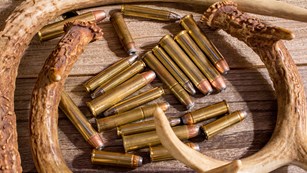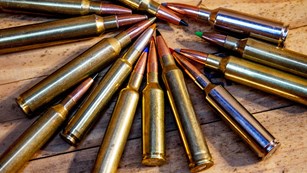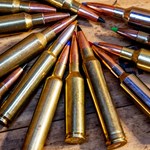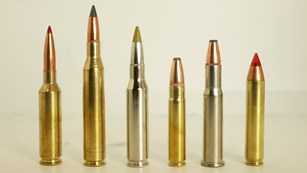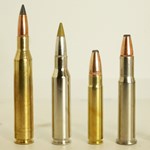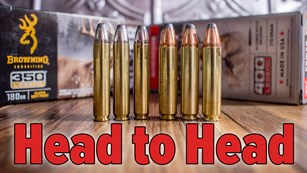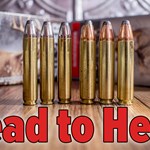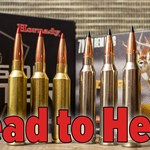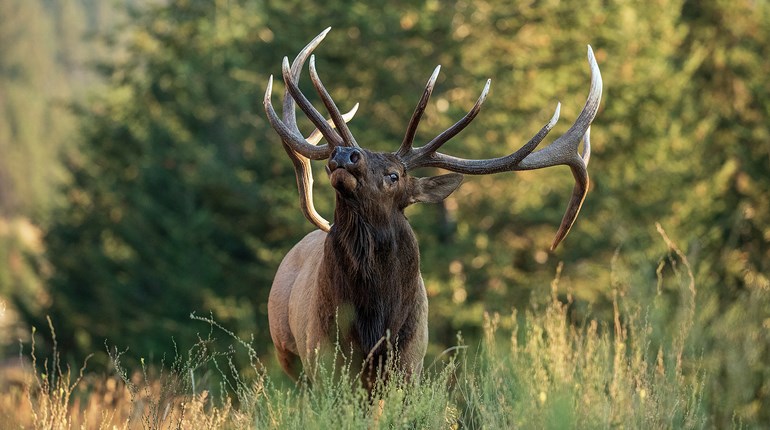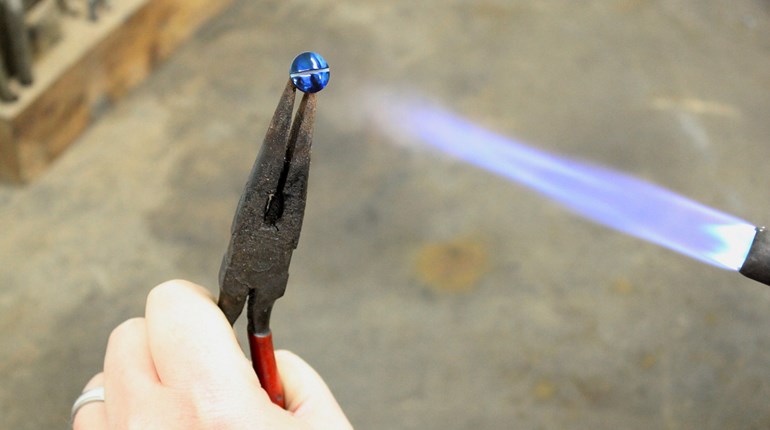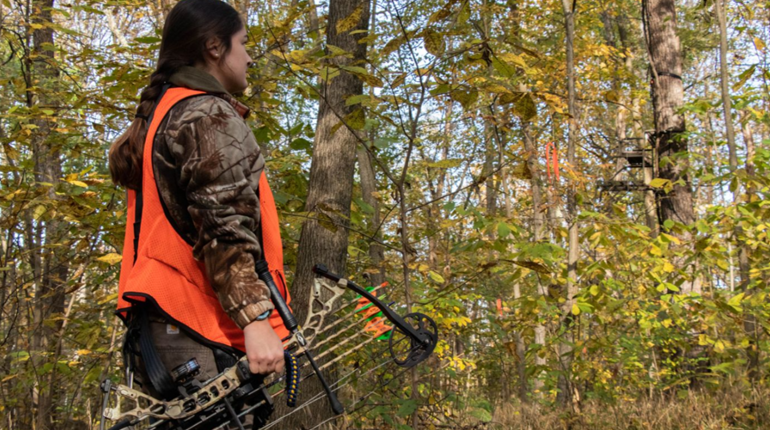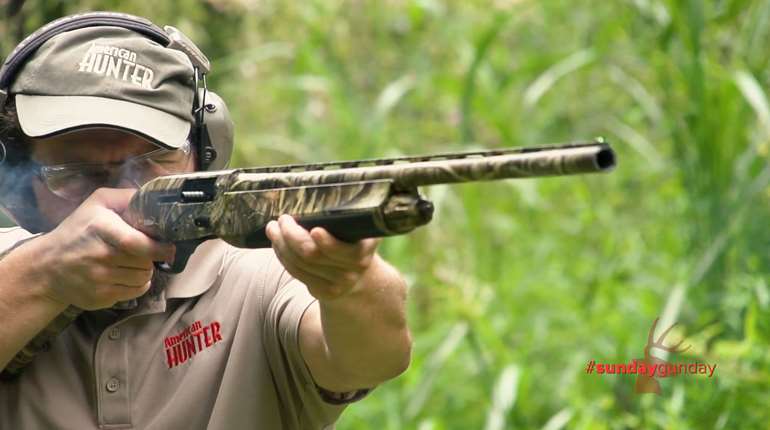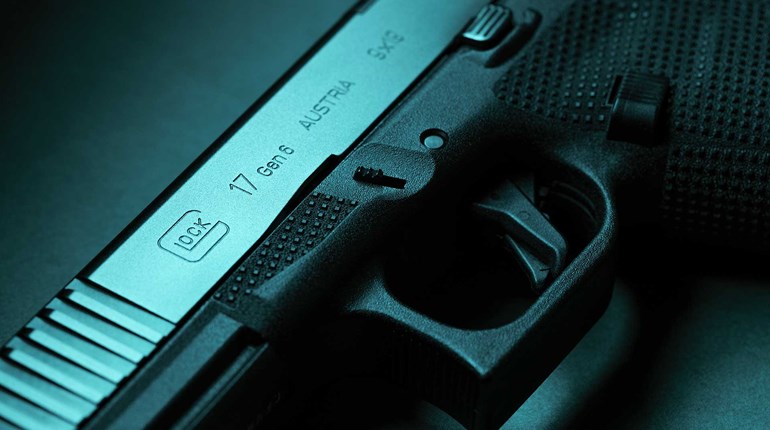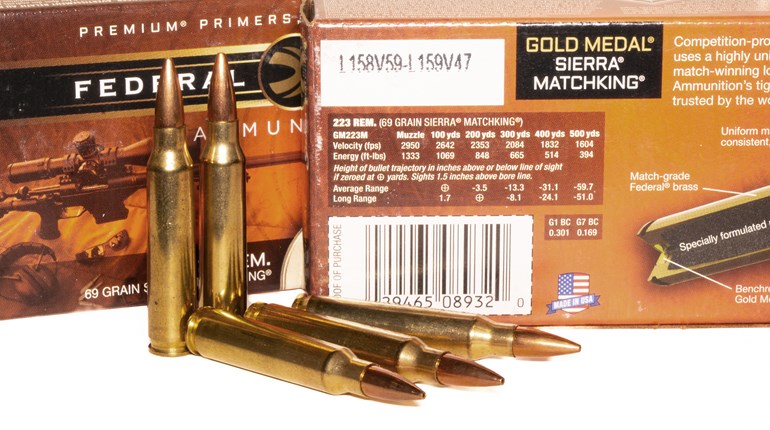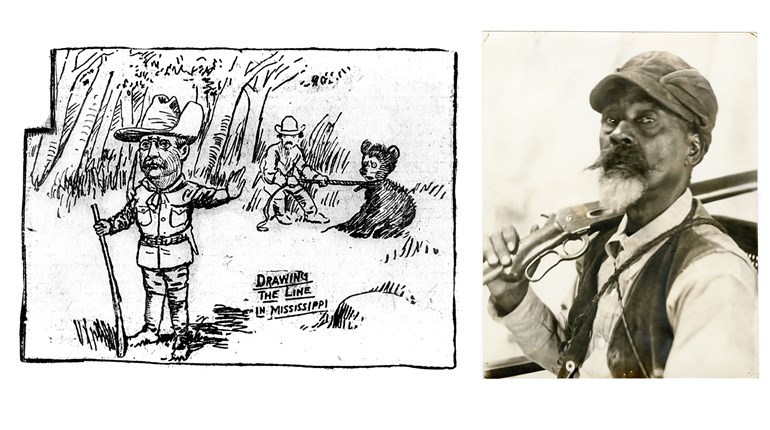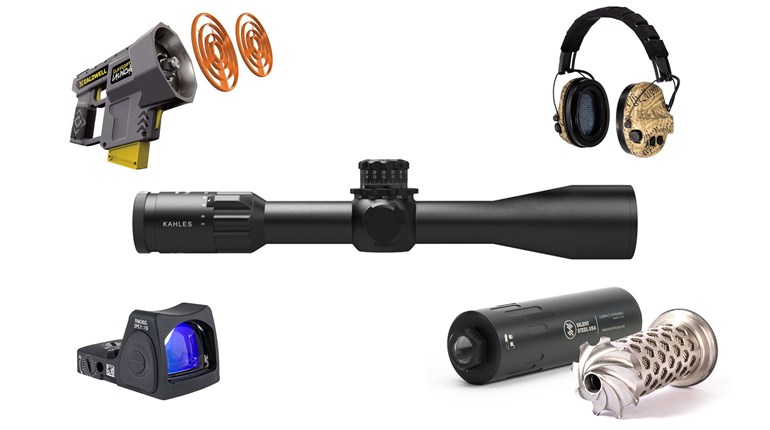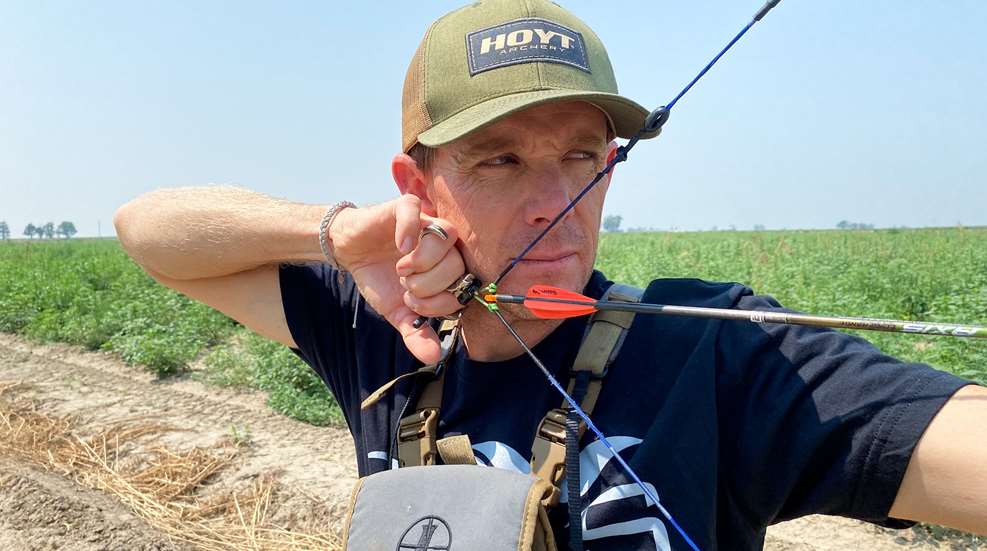
The best rifle hunters I know are all ballistic gurus. Good is never good enough for these guys. These shooters scrutinize every round they build, and they create loads formulated for the specific animal they’re pursuing. It’s impressive.
Bowhunters need to take a lesson from these magicians. I did years ago, and it’s made a tremendous difference in my stick-and-string success.
Like ammo, not all arrows are created equal. Don’t get me wrong, though. If you’re a Midwest or Eastern whitetail hunter and limit your shots to 40 yards, there’s nothing wrong with fletched, budget-style carbon arrows from the factory. However, if you call the West home or travel there to match wits with pronghorn, elk, mule deer and open-country whitetail, you’ll need to focus heavily on your arrow choice and how that arrow is built. Here’s what you need to do to create the ultimate carbon projectile, and why you need to do it.
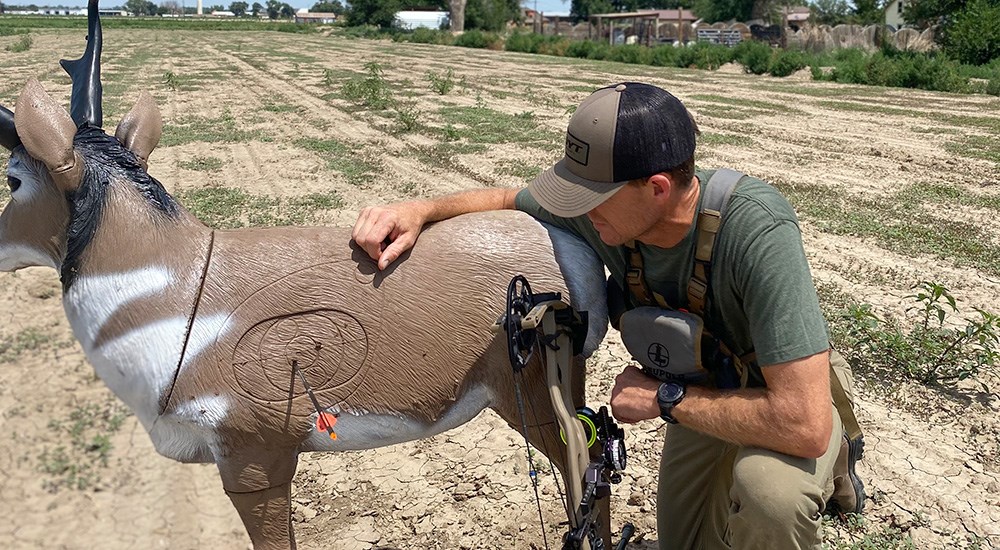
Wind & Range
When hunting the West, in general, you can count on wind and longer shots. That’s why I’ve switched to shooting a micro-diameter shaft, exclusively. Most arrow manufacturers worth their salt (Easton, Gold Tip, Carbon Express) craft micro-diameter shafts. The best I’ve found is Easton’s 4MM Axis Long Range.
With less surface area to press against, micro-diameter arrows cut through the Western wind like butter. Because these shafts are created with ultra-tight tolerances, the accuracy they provide is second to none. If you’re hoping to be the most accurate archer you can be, and want to experiment with double-distance practice, a technique I believe every archer should use, you’ll want the best carbon shafts money can buy.
Double distance practice is simply practicing at distances twice as far as your max effective range. My max range on the field is 70 yards, and I practice regularly at 140 yards.
Penetration
When an arrow impacts an animal, the internal hemorrhaging created by the broadhead causes the animal to expire. The deeper that broadhead can penetrate, the more internal goodies it will carve up. Micro-diameter shafts boost penetration, especially downrange because their small outside diameter tracks seamlessly behind the broadhead and doesn’t create unnecessary friction.
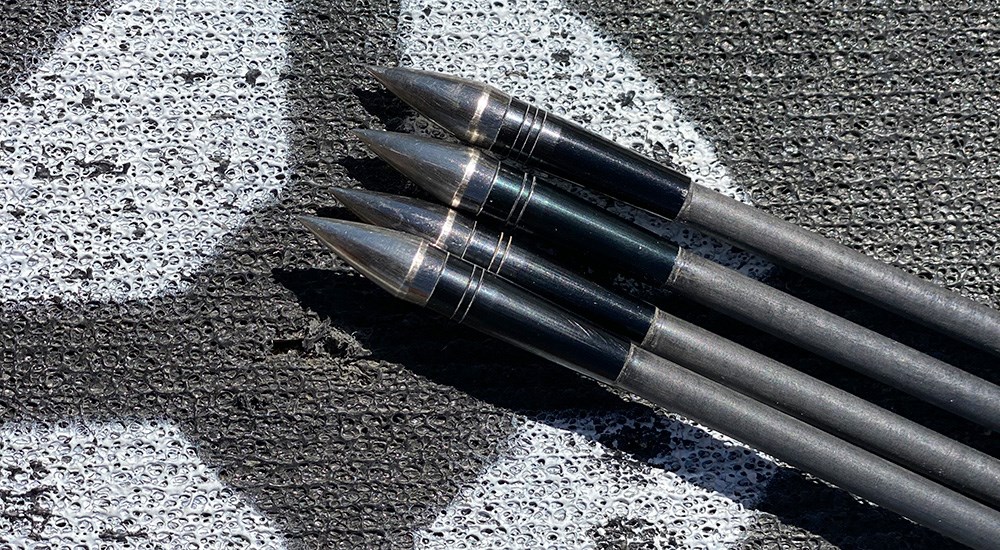
The Build
Of course, choosing the right carbon shaft is only half the battle. The next thing you need to consider is your insert choice. Top-end arrows offer multiple insert options including aluminum, titanium and steel. If you’re looking to boost the amount of weight in the front half of your arrow and increase penetration a tad, titanium and steel are great choices. As for me, I go the aluminum route. This is because Easton’s 50-grain Half-Out aluminum inserts provide me a just-right FOC (front of center) balance, I don’t lose much speed, and I’ve blown through bull elk at 60 yards using them.
After deciding on your insert, it’s time to think about what vanes, what vane count and what vane orientation you want on your arrows. Take a deep breath and relax; we’ll keep it straightforward.
Suppose you’re shooting a mechanical broadhead, which I recommend for all big-game species due to their low-profile aerodynamic nature and ability to create massive blood loss. With mechanical broadheads, I prefer a low-profile vane between 2.2 and 3 inches. I want the vane to be rugged but not too rigid and stiff—rigid, tall and stiff equates to a noisy arrow in flight. If you’re not shooting a fixed blade, you don’t need a long, tall, ultra-rigid vane. Low-profile vanes like AAE’s Hybrid 23 vanes steer my mechanical-tipped shafts with remarkable accuracy.
When it comes to a three- or four-fletch arrow, the choice is up to you, but if you want superior downrange accuracy, I suggest you go with a four-fletch. Why? The four-fletch option creates more spin and boosts stabilization, and the low-profile nature of the vane doesn’t rob you of speed and helps the arrow fly quietly. Get yourself a Bitzenburger fletching jig, and you can easily create three- or four-fletch arrows.
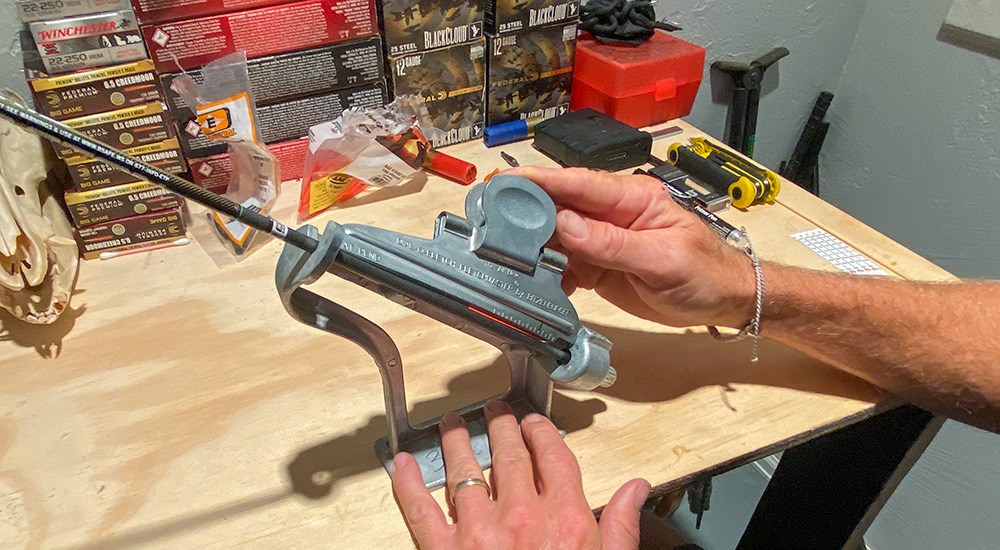
Fletch orientation is the final piece of the puzzle, and there are three options to choose from. The first is a “straight fletch,” where the vanes run straight down the shaft. This design creates the least amount of spin and arrow stabilization, but it will boost velocity. The second option is to use an “offset fletch,” where the vanes are placed straight on the shaft, with a slight offset from the front to the back of the fletching. An offset fletch orientation stabilizes arrows well, even with a fixed-blade broadhead, and especially at close distances. The final fletching option, and my go-to style, is the “helical fletch,” where the vane almost spirals around the shaft. While there are varying degrees of helical, I like a two-degree right helical, which creates great arrow spin and leads to excellent stabilization downrange.
I hope you are beginning to understand that not all arrows are created equal. Do some research, talk to the pros at your bow shop, spend some money to test and tinker, and you can create the ultimate arrow for your vertical bow. You’ll be amazed at how much difference a better arrow can make.
